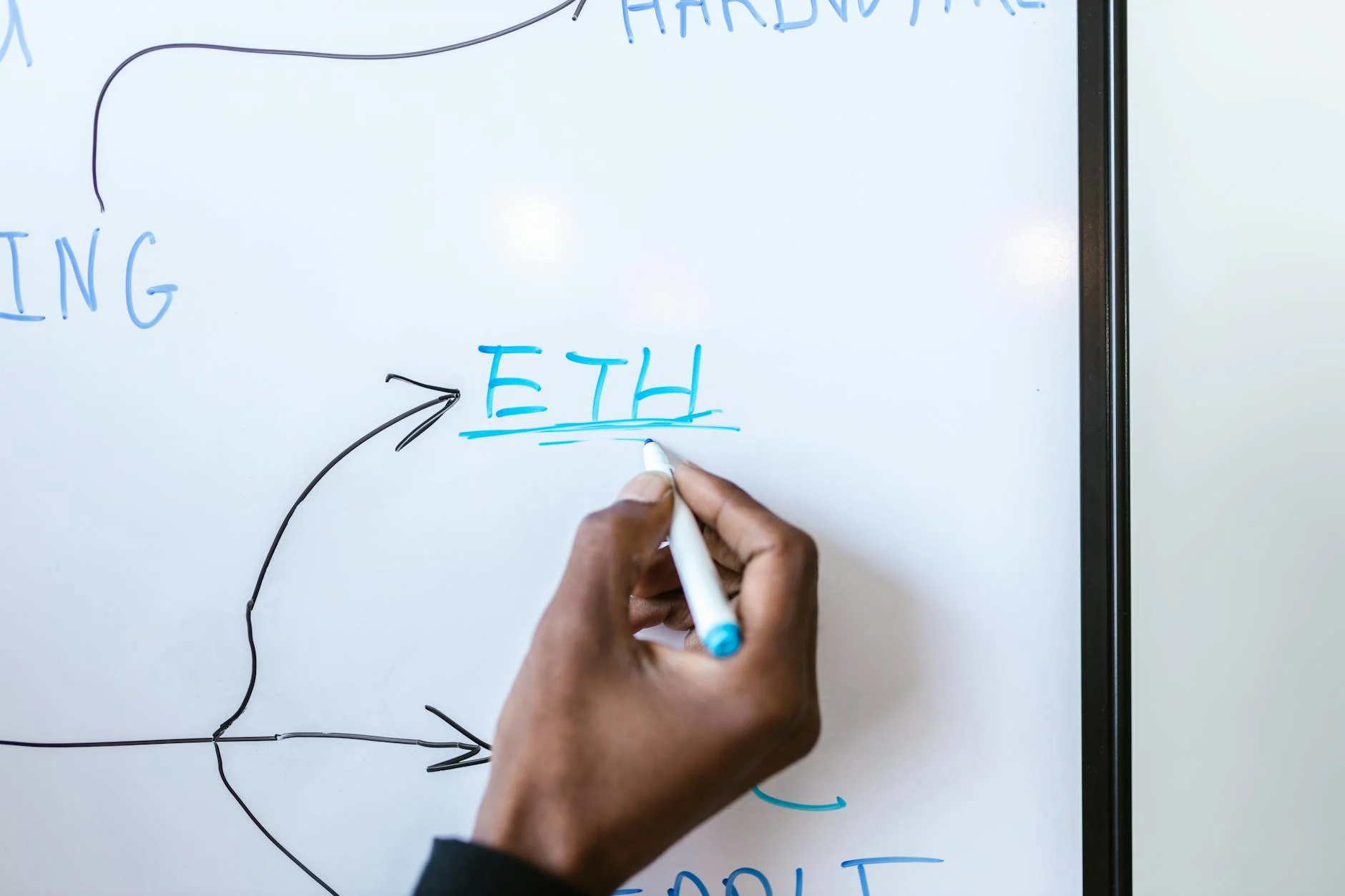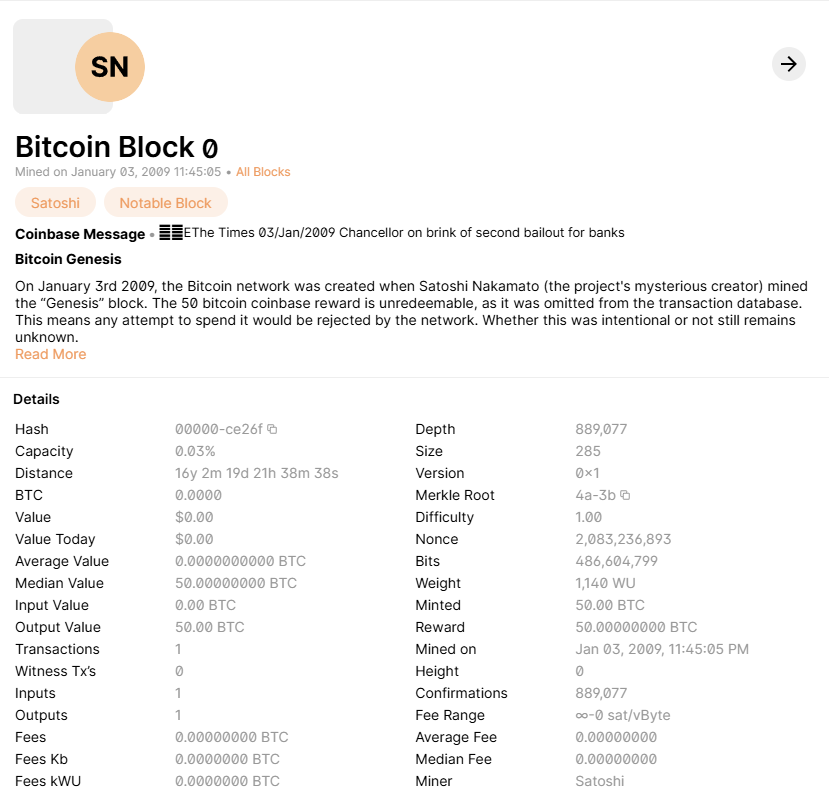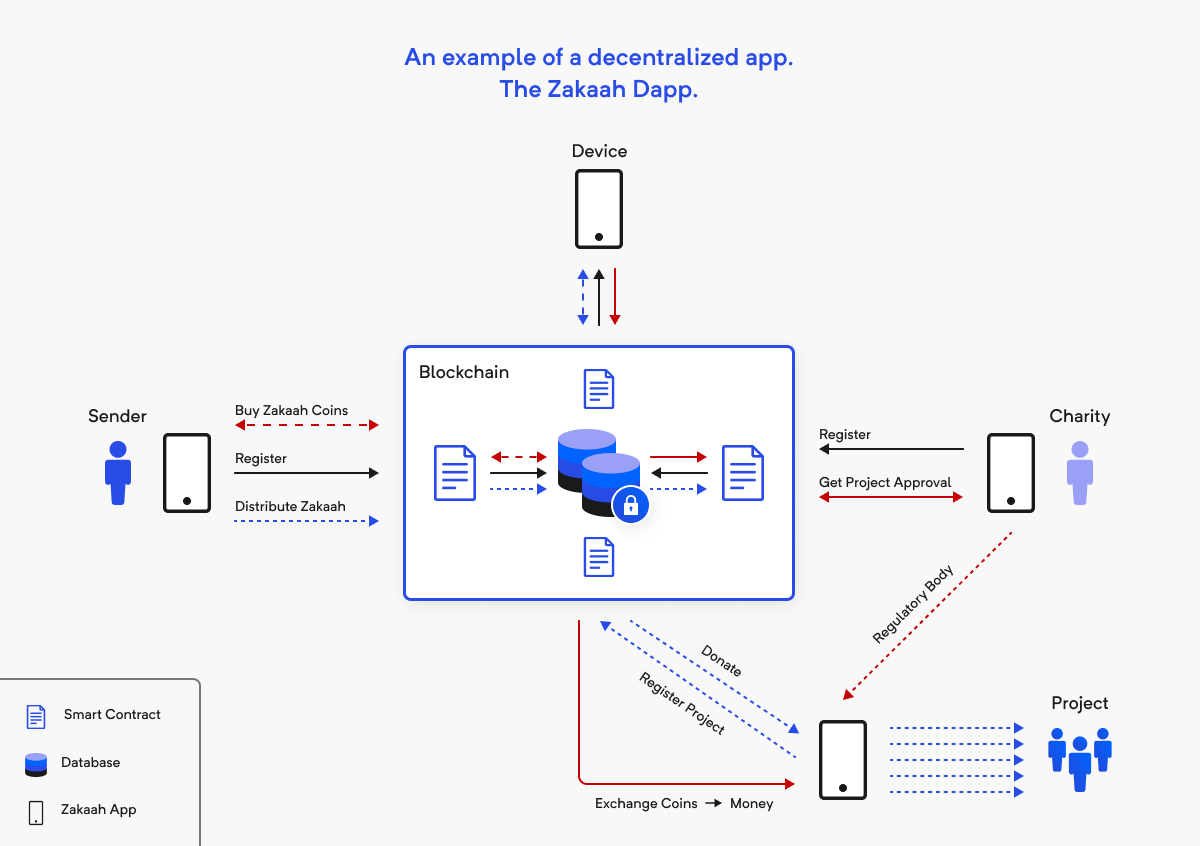Python & BlockChain(DApps)
 Het Shah
Het Shah🐍 Python and ⛓️ Blockchain: A Match in Crypto Synergy
Have you ever wondered how the worlds of programming and cryptocurrency collide? Enter the dynamic duo of Python and Blockchain. As blockchain technology continues to revolutionize industries, Python has emerged as a powerful ally in creating decentralized applications (DApps) that are changing the game.
Imagine being able to build secure, transparent, and immutable systems with the ease and flexibility of Python. From finance to supply chain management, the possibilities are endless. But where do you start? How can you harness the power of Python to dive into the exciting world of blockchain development?
In this blog post, we'll demystify the mysteries of Python's role in blockchain development, guide you through setting up your environment, and explore the building blocks of blockchain with Python. We'll then study into the fascinating realm of DApps, showing you how to develop and connect them to blockchain networks.

Understanding Python's Role in Blockchain Development
Python's popularity in the blockchain space
Python has emerged as a dominant force in blockchain development, gaining widespread adoption among developers and organizations. Its popularity stems from its simplicity, versatility, and robust ecosystem of libraries and frameworks. Let's explore why Python has become a go-to language for blockchain projects:
Ease of use and readability
Large and active community support
Extensive library ecosystem
Rapid prototyping capabilities
Cross-platform compatibility
| Feature | Benefit |
| Simplicity | Faster development and easier maintenance |
| Versatility | Suitable for various blockchain applications |
| Community | Access to resources and support |
| Libraries | Ready-made tools for blockchain development |
| Prototyping | Quick iteration and testing of ideas |
Key Python libraries for blockchain
Python offers a rich set of libraries specifically designed for blockchain development, making it easier for developers to create and manage blockchain applications. Some of the most important libraries include:
Web3.py: Interacts with Ethereum nodes
Py-solc: Compiles Solidity smart contracts
Pyethereum: Provides Ethereum utilities
BigchainDB: Builds blockchain databases
Hyperledger Fabric SDK: Develops enterprise blockchain solutions
Advantages of using Python for DApps
Python's strengths make it particularly well-suited for developing Decentralized Applications (DApps). Here are some key advantages:
Rapid development cycle
Integration with existing systems
Strong security features
Scalability and performance
Access to machine learning and AI libraries
These advantages enable developers to create robust, secure, and efficient DApps that can leverage the full potential of blockchain technology. As we move forward, we'll explore how to set up your Python environment for blockchain development, equipping you with the tools needed to start your journey into this exciting field.

Setting Up Your Python Environment for Blockchain
Essential tools and frameworks
To embark on your Python blockchain development journey, you'll need a robust set of tools and frameworks. Here's a comprehensive list of essentials:
Python 3.7+
Web3.py
Ganache
Truffle
Solidity compiler
These tools form the backbone of your blockchain development environment. Let's compare their primary functions:
| Tool/Framework | Primary Function |
| Python 3.7+ | Core programming language |
| Web3.py | Ethereum interaction library |
| Ganache | Local blockchain simulation |
| Truffle | Development and testing framework |
| Solidity | Smart contract language |
Installing necessary dependencies
Once you've identified the essential tools, it's time to install them. Here's a step-by-step guide:
Install Python 3.7+ from the official website
Use pip to install Web3.py:
pip install web3Download and install Ganache for your operating system
Install Truffle globally using npm:
npm install -g truffleInstall the Solidity compiler (solc) for your system
Configuring your development workspace
With all dependencies installed, let's set up your workspace:
Create a new project directory
Initialize a virtual environment:
python -m venv blockchain_envActivate the virtual environment
Create a
requirements.txtfile and add necessary Python packagesSet up your preferred IDE (e.g., VSCode, PyCharm) with appropriate extensions
Now that your environment is configured, you're ready to start building blockchain applications with Python. In the next section, we'll dive into the fundamental building blocks of blockchain technology and how to implement them using Python.
Building Blocks of Blockchain with Python
Blockchain technology relies on key building blocks that define its functionality. Using Python, you can implement these components:
Blocks and Chains: Representing data structures.
Cryptographic Hashing: Ensuring data integrity (e.g., using SHA-256 in Python).
Proof of Work (PoW): Implementing mining mechanisms.
Transactions and Wallets: Handling digital assets.
Here’s a simple example of creating a blockchain in Python:
import hashlib
import json
from time import time
from typing import List
class Block:
def __init__(self, index: int, previous_hash: str, transactions: List[dict], proof: int, timestamp: float = None) -> None:
self.index = index
self.previous_hash = previous_hash
self.transactions = transactions
self.proof = proof
self.timestamp = timestamp or time()
def hash(self) -> str:
block_string = json.dumps(self.__dict__, sort_keys=True).encode()
return hashlib.sha256(block_string).hexdigest()
class Blockchain:
def __init__(self) -> None:
self.chain: List[Block] = []
self.current_transactions: List[dict] = []
self.new_block(proof=100, previous_hash='1')
def new_block(self, proof: int, previous_hash: str = None) -> Block:
block = Block(
index=len(self.chain) + 1,
previous_hash=previous_hash or self.chain[-1].hash(),
transactions=self.current_transactions,
proof=proof
)
self.current_transactions = []
self.chain.append(block)
return block
def new_transaction(self, sender: str, recipient: str, amount: float) -> int:
self.current_transactions.append({
'sender': sender,
'recipient': recipient,
'amount': amount,
})
return self.last_block.index + 1
@staticmethod
def proof_of_work(last_proof: int) -> int:
proof = 0
while not Blockchain.valid_proof(last_proof, proof):
proof += 1
return proof
@staticmethod
def valid_proof(last_proof: int, proof: int) -> bool:
guess = f'{last_proof}{proof}'.encode()
guess_hash = hashlib.sha256(guess).hexdigest()
return guess_hash[:4] == "0000"
@property
def last_block(self) -> Block:
return self.chain[-1]
if __name__ == '__main__':
blockchain = Blockchain()
blockchain.new_transaction("Het", "Jingg", 10)
last_proof = blockchain.last_block.proof
proof = blockchain.proof_of_work(last_proof)
blockchain.new_block(proof)
for block in blockchain.chain:
print(vars(block))
Understanding what a genesis block contains ?/

A Bitcoin block is a container of information that consists of:
Block Header – Metadata such as timestamps, difficulty levels, and cryptographic links to previous blocks.
Transactions – Records of Bitcoin transfers from one address to another.
Proof-of-Work (PoW) Details – Information about the mining process that secured the block.
Each block is connected to the one before it, forming an immutable blockchain.
Genesis Block: To understand Bitcoin blocks, let's break down the contents of the Genesis Block:
1. Block Header (Metadata Section)
The block header stores essential information used to link and validate blocks.
🔹 Block Hash: 00000-ce26f (truncated)
The unique fingerprint of the block, derived using cryptographic hashing (SHA-256).
Bitcoin blocks start with multiple leading zeros due to Proof-of-Work.
🔹 Previous Block Hash: 0000000000000000000000000000000000000000000000000000000000000000
- Since this is the first block, it has no parent and points to an empty hash.
🔹 Merkle Root: 4a-3b (truncated)
A cryptographic summary of all transactions in the block.
Helps ensure data integrity and quick verification.
🔹 Timestamp: January 3, 2009, 11:45:05 UTC
- Marks the moment the block was mined.
🔹 Nonce: 2,083,236,893
- A random number adjusted by miners to find a valid hash.
🔹 Difficulty: 1.00
- The mining difficulty was at its lowest since this was the first block ever mined.
2. Transactions in the Block
Unlike modern blocks, Block 0 contains only one transaction: the coinbase transaction.
🔹 Reward: 50 BTC
- This was the first-ever Bitcoin reward given to miners. However, the reward from the Genesis Block is unspendable due to a technical rule in Bitcoin’s code.
🔹 Inputs & Outputs:
Inputs:
1(generated out of thin air since this was the first block)Outputs:
1(50 BTC assigned to an address, but locked forever)
🔹 Transaction Fees: 0 BTC
- No fees were needed, as this was the first block.
3. Embedded Message in the Genesis Block
The coinbase message included in Block 0 contains the text:
“The Times 03/Jan/2009 Chancellor on brink of second bailout for banks”
This was a headline from The Times newspaper, possibly indicating Bitcoin’s purpose—to provide a decentralized alternative to failing traditional banks.
How New Bitcoin Blocks Work Today
While the Genesis Block was special, all Bitcoin blocks follow the same basic structure. However, modern blocks are:
🔹 Larger (~2MB instead of 285 bytes)
🔹 Contain multiple transactions (often thousands per block)
🔹 Have transaction fees (miners earn extra BTC from fees)
🔹 Use advanced scripts (SegWit, Taproot for efficiency and security
Developing Decentralized Applications (DApps)
DApps are applications that run on decentralized networks. With Python, you can:
Build smart contracts using Solidity.
Deploy contracts with Web3.py.
Create backend APIs for DApp interactions.
Enhancing DApp Security and Performance
Security is a top priority in blockchain. Python provides libraries like PyCryptodome for encryption and Flask for secure API development. Key considerations include:
Smart contract auditing.
Data encryption and integrity checks.
Optimized gas usage for transactions.

Real-World Applications of Python in Blockchain
Python’s impact in blockchain extends to multiple industries:
Finance: Cryptocurrency wallets and trading bots.
Supply Chain: Tracking goods with blockchain.
Healthcare: Securing patient data.
Voting Systems: Transparent and fraud-proof elections.
Conclusion
The fusion of Python and blockchain is reshaping the future of technology, unlocking possibilities that were once deemed impossible. With its simplicity, versatility, and vast ecosystem, Python empowers developers to create secure and efficient decentralized applications.
Now is the perfect time to dive in, experiment, and contribute to this revolutionary space. The blockchain era is here be a part of the transformation !!!

Subscribe to my newsletter
Read articles from Het Shah directly inside your inbox. Subscribe to the newsletter, and don't miss out.
Written by
